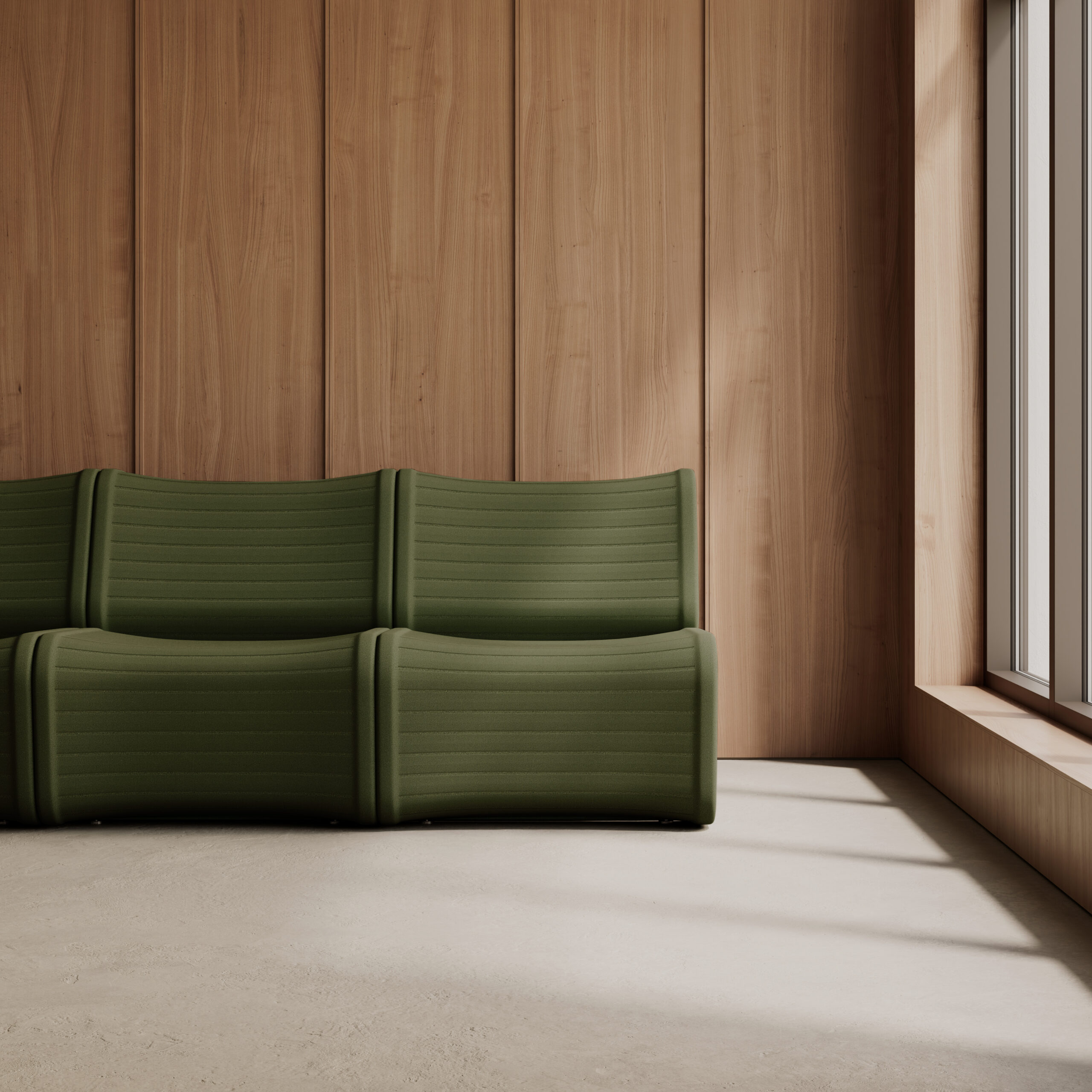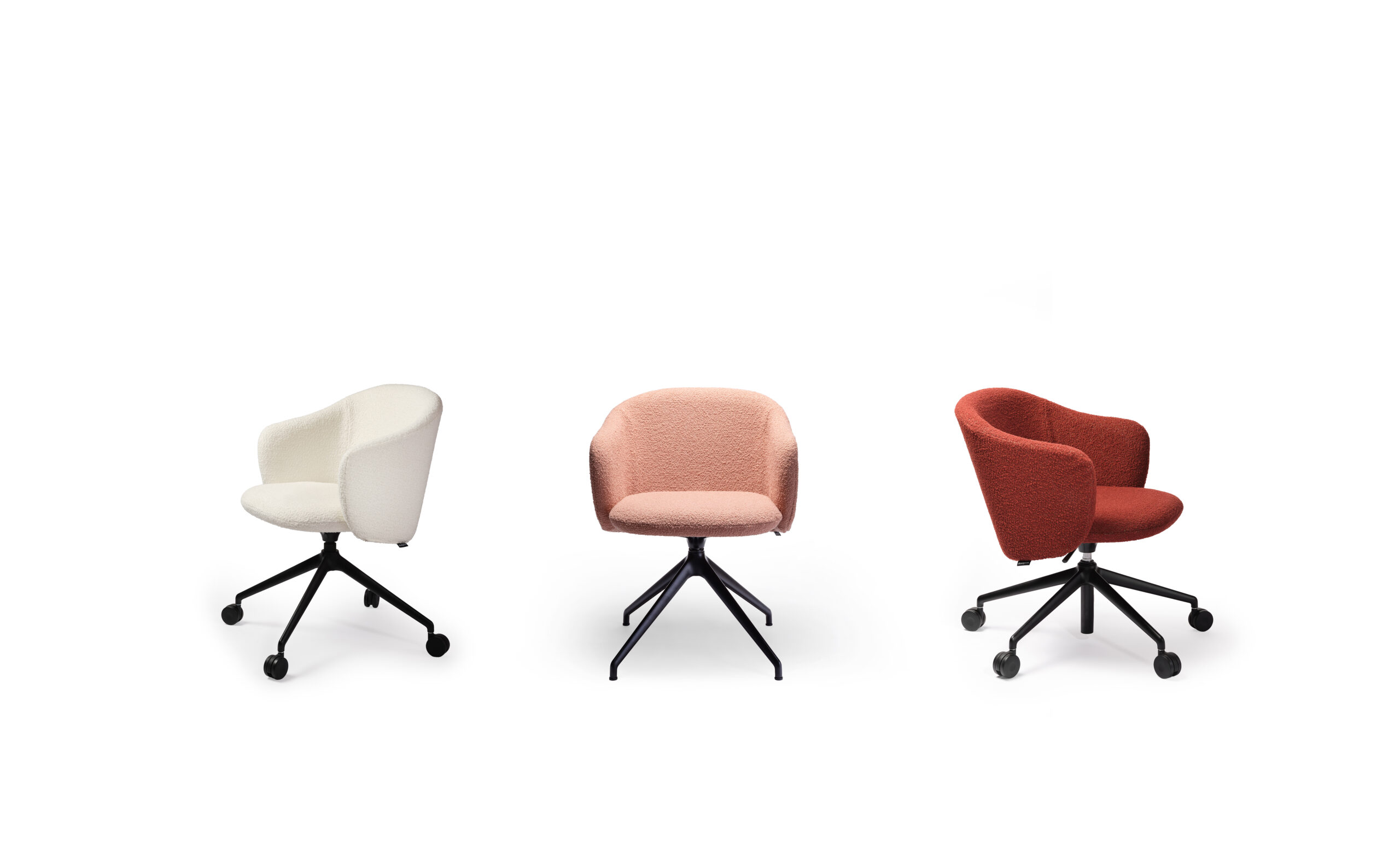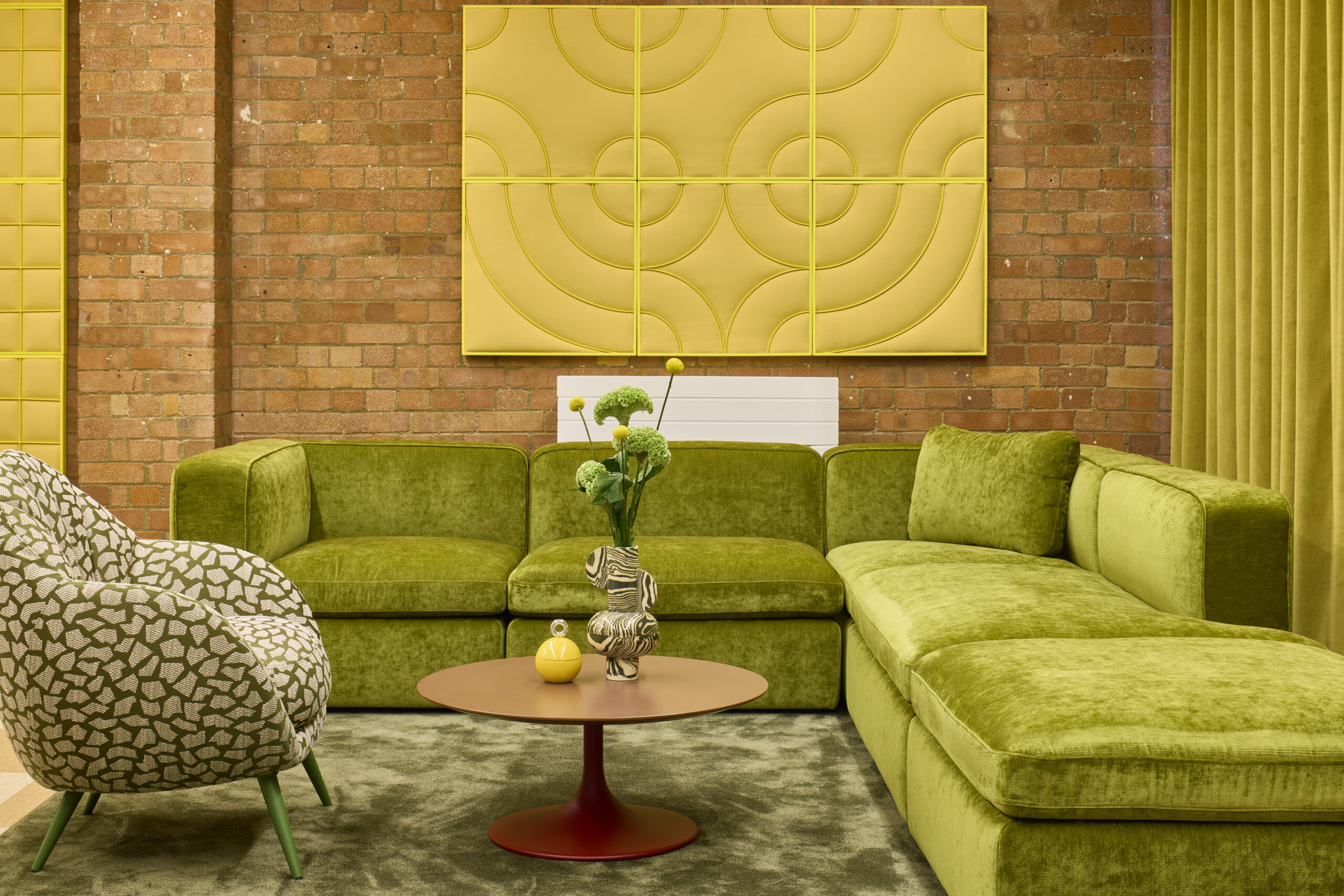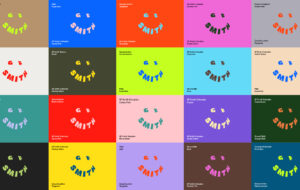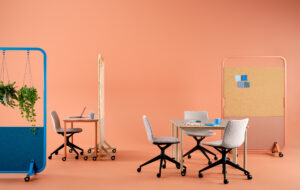
 Words by Kerstin Zumstein
Words by Kerstin Zumstein
When Jimmy MacDonald and Ian Rudge (see page 146) broke away from 100% Design and REED Exhibitions last year, the UK’s design community anticipated a breath of fresh air for London’s design week 2007. And that’s exactly what their joint venture Tent London is out to do.
Indicative of the rising image of office design, Tent London initiated the Urbantine Project, a fast architecture competition sponsored by the Workspace Group, which invited unrecognised architects and designers to tackle the issue of rapid change in the 21st-century workplace. The winner, Alex Haw with Work/Space/Ply/Time, will get a 10k budget to assemble his project in 48 hours, to be shown during Tent London at the Truman Brewery from 20-23 September.
As one of the competition’s judges, I was astounded by the quality of many of the other entries, so rather than let them go to waste, we’re highlighting the projects that didn’t make the shortlist but nonetheless address current workplace issues in an original way. The diversity and humour on show here display the scope of creativity in workplace design – and might spark off some fresh ideas with you!
WorkOut by Katz Feigis
In the world of increasing work hours and a blooming economy driven by an anonymous
work force, the workplace has become a sterile, neutral environment. It was made to fit the elementary needs of communication, more a showcase of social status and success rather than a good place to be in.
The rise in ridiculous letting rates for the highest floors just for a view of some green indicates that most workers are thinking, “Oh, it’s such a lovely day outside; I wish I could have enjoyed it, what a pity.” Katz Feigis has turned this scenario and the common shift towards more open-plan to offer a prime location asset with a back-to-basics attitude: a worker must have sunshine and a room of his own.
This outdoor working environment is set in the park, a more positive version of the usual open-plan company floor, giving each worker an individual and flexible space in the ground. Each of these organic “cubicles” is made to the minimum dimensions for a sitting person with a laptop, successfully avoiding a 1.5m working grid. The timber decking system is assembled according to the needs of the user; a folded surface creating a desk or a cabinet.
Drum Tent by Amenity Space
We are constantly being forced to be quieter. With tougher legislation relating to noise reduction, such as Part E of the Building Regulation, it is becoming much harder to make a racket. The rise of the personal MP3 player shows we still want to hear sound, but we are fearful of making any ourselves.
By taking this premise as a starting point Amenity Space experiments with how we can facilitate loud architecture in ways that connect with the user/listener/amplifier. Amenity Space proposes a series of spaces that embrace noise and encourage users to be loud. These loud spaces or Drum Tubes twist through the streets and between buildings like huge musical instruments. The Tubes allow for commuters to pass through them making as much noise as they like on their way to and from work. The sound reverberates through the fabric of the structure and creates a constant drone that ebbs and flows. The whole space pulsates with sound and vibrates the users along, shaking them out at their destination refreshed and revitalised.
The Drum Tent, so called because it is made from drum skin, is a five-metre section of our Drum Tube proposal. It is designed to maximise sound reverberation in and around the space in order to create a piece of architecture that is the antithesis of current acoustic guidelines. Its construction makes it more akin to being inside a drum or speaker than a building. The structure is covered in Mylar, the material used to make drum skins, which forms a diaphragm that resonates when hit or affected by noise.
Micro office – unfolding the traditional office by Donna Walker and Sam Dawkins
As technology advances, so too do our ways of working. The relationship between man and computer has given our working environments a simplicity and flexibility that were impossible in the past. Whereas once, the workplace was geared more towards social interaction – a bustling collection of prescribed spaces allowing both formal and chance encounters between colleagues – now it seems just a laptop and a table will suffice. We pose the question: is there an architecture that responds to this new condition, while still holding dear the traditions of our more socially based past?
With this in mind, Walker and Dawkins propose a new architectural model for the modern workplace – compact and flexible, affordable and easily transportable, based on a language of cabinetry and craftsmanship. The design itself has been led by a desire to recreate the social spaces of the traditional office – but with a modern twist – in that the entire 5 x 5 x 5m working module is capable of being folded and packed away into a simple rectangular box, which will comfortably fit inside a transit van. As an installation, it will encourage people to explore the idea of human interaction within the working environment. Alongside this, the design could be seen as a prototype for an affordable and transportable office space, containing a number of flexible workstations, as well as a place to sleep.
From cubicle to commune by Ecoshack
We prize today’s workplace for its regularity and efficiency. The office environment, typified by the generic cubicle, is the backbone of global commerce. But in our reliance on order, we’ve lost touch with the power of chaotic communities, local interactions and the collective experience. It is here that innovation is incubated.
A new form of office typology should emerge that condenses many unique visions into one tightly woven environment. To make this office more interactive – a social and creative microcosm that breeds innovative thinking –we looked at the commune concept.
A commune is an intentional community where most resources are shared and there is little or no personal property. It is designed to promote a much higher degree of social interaction than other communities. The members of a commune typically hold a common social, political or spiritual vision. They also share responsibilities and resources.
To go “from cubicle to commune”, officemates can work collaboratively to reconfigure their cubicles, adding and removing components, experimenting with form and texture, layering in systems and data networks, creating temporary or permanent “experiences”. This takes the traditional office from the generic non-space of global commerce, to a new experiment in multi-programmed working,.
Zone by Laviano Works
In today’s ever-changing workplace there is an increasing need for a place to get away from it all. Zone offers every employee a place of refuge and release from the constant bombardment of our over-connected world, whether your interest is a moment of peace, meditation, or prayer. Zone allows for any form of silent, electronics-free release.
The office at one point might have been a place of focused attention, but today it’s hard to find 15 minutes of distraction-free immersion within work. Our computers, mobiles and BlackBerrys accompany us into the most private areas. The office has not only become ever-changing, it has become omnipresent.
Zone is designed in order to be easily disassembled into panelised bits that can be stacked and transported to fit within a van or small truck. It has been detailed to maximise the use of standardised size materials and minimise cutting and waste. Panels interlock to create the required sound and light barriers and are held together with threaded rods.
Enter feeling befuddled, flummoxed, anxious. Exit once refreshed, clear headed, focused.
Superhero at work by Zhubo Design Group
As our attention is increasingly occupied with the filtration of 2D information, we become less sensitive to 4D spatial experience. The very existence of public space, its substance, its density, its psycho-physical thickness, is threatened by increased deficit of attention – spatial ADHD! Consequently, Zhubo Design Group would argue that contemporary space, especially in the public realm, is becoming thin. The same can be said of the workplace.
ThickSpace_Hair is one in a series of ThickSpace spatial superheroes that attempts to counter this phenomenon of thinning in our daily environments. It is a system of flexible, light-transmitting cables suspended from above, creating a thickened spatial environment that replaces hyper-visual void space with a highly tactile environment of luminous body-space.
The contemporary office is the ideal place for the intervention of ThickSpace_Hair. It is perhaps the most common social space in our daily experience. The lightness, flexibility and simple assembly system allows it to intervene from above (as a superhero does) without the need to alter the existing office landscape. As energy and inspiration blossom, spontaneous acts of creativity will begin to turn a typical office into a personalised version of Office_Thick.
Flowing worksurface by Tetsuya Yamazaki
The main aim is to create a single continuous surface to meet a wide range of usages in different situations in the 21st-century workplace. A surface of new landscape for the future workplace changes its form and shape, depending on the situation, not only for working but also a variety of other activities such as lounging, relaxing, eating, viewing and communicating. This multi-activity surface also provides a new relationship between the human body and the workplace.
The project is composed of 20 different components. The materials will be polystyrene foam with plastic coating on the surface and polyester, cut by laser and assembled on-site.




